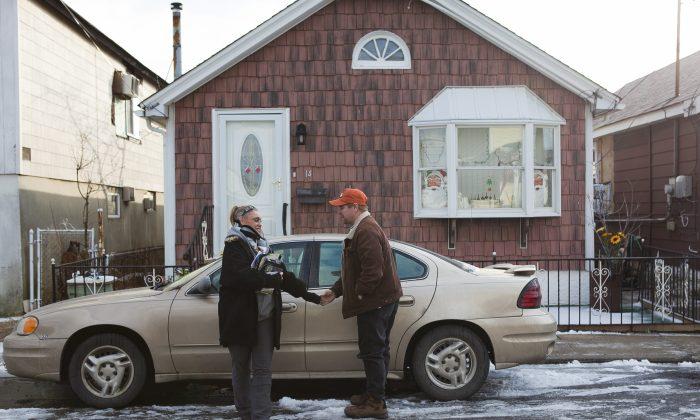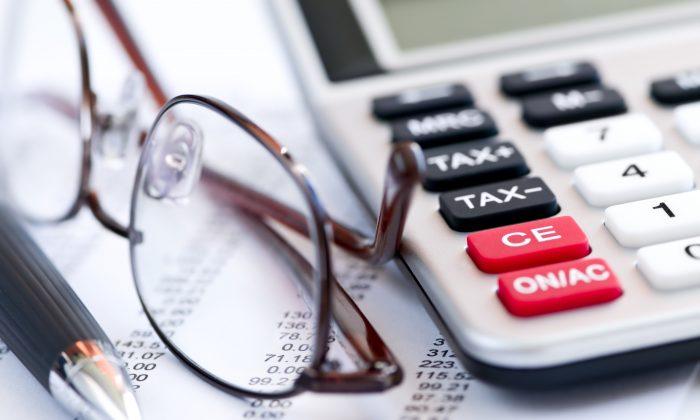There’s a cardinal rule for making RRSP withdrawals before maturity: Don’t!
The tax hit on withdrawals has always been a huge obstacle to using your RRSP as a source of cash. However, at times, your RRSP can make a “loan” to you, rather than an actual withdrawal. The Home Buyers’ Plan (HBP), which lets you access RRSP funds to put towards a home purchase, is one such case. Here’s how it works.
If you need money from your RRSP because you are buying a home, the Home Buyers Plan lets you make a tax-free withdrawal from your RRSP of up to $25,000. Basically, the withdrawal is designed to apply only if you—and your spouse, if married legally or common-law—are “first-time” homebuyers (a five-year look-back rule applies).
The catch is that the withdrawal must be repaid in equal installments over 15 years. To the extent that a minimum repayment for a year is not made, the shortfall is considered a taxable benefit that will be included in income and taxed in the year.
The 15-year repayment period commences in the second calendar year following the calendar year of the RRSP withdrawal, but payments made in the first 60 days of a year count as repayments for preceding year. For example, if you make a withdrawal in 2014, you must commence making RRSP repayments under the Home Buyers’ Plan by March 1, 2017.
There’s no specific restriction on “doubling up” on the withdrawal, e.g., where a home is held in co-tenancy. For example, a husband and wife may together withdraw up to $50,000 (i.e., up to $25,000 from each spouse’s plan).
- You’ve never participated in the program before.
- You’ve signed an agreement to build or purchase a qualifying home.
- The home (or a replacement property) is bought or built by Oct. 1 of the year following the year in which you’ve received the funds from the RRSP (extensions are available in some instances).
- You intend to occupy the home as your principal place of residence within one year of buying or building the home.
Is the HBP Withdrawal a Good Idea?
The big problem with the HBP is that you could be caught in a cash-flow crunch that could lead to tax penalties down the road.First, the cash-flow drain due to repayments to the plan may impinge on your ability to make your regular—tax-deductible—RRSP contributions in the future. So, without the RRSP writeoff, your tax bill could go up.
Worse still, if the required HBP repayment—which is not deductible—is not made on a timely basis, then you’ll have to pay additional tax. Even harsher rules may apply if you pass away or cease to be a Canadian resident. (Note: Restrictions apply to deductions for ordinary RRSP contributions if made less than 90 days before the withdrawal.)
If you or your spouse are about to drop into a low tax bracket (e.g., there are plans to retire from the workforce), the HBP may make more sense. For example, the taxable benefit resulting from non-repayment may have little or no adverse tax consequences under these circumstances.
Having said this, if you really need the cash to buy a new home, participating in the Home Buyers’ Plan is usually a better bet than an outright withdrawal from your plan, which is a straight add-on to your taxable income in the year of withdrawal.




Friends Read Free